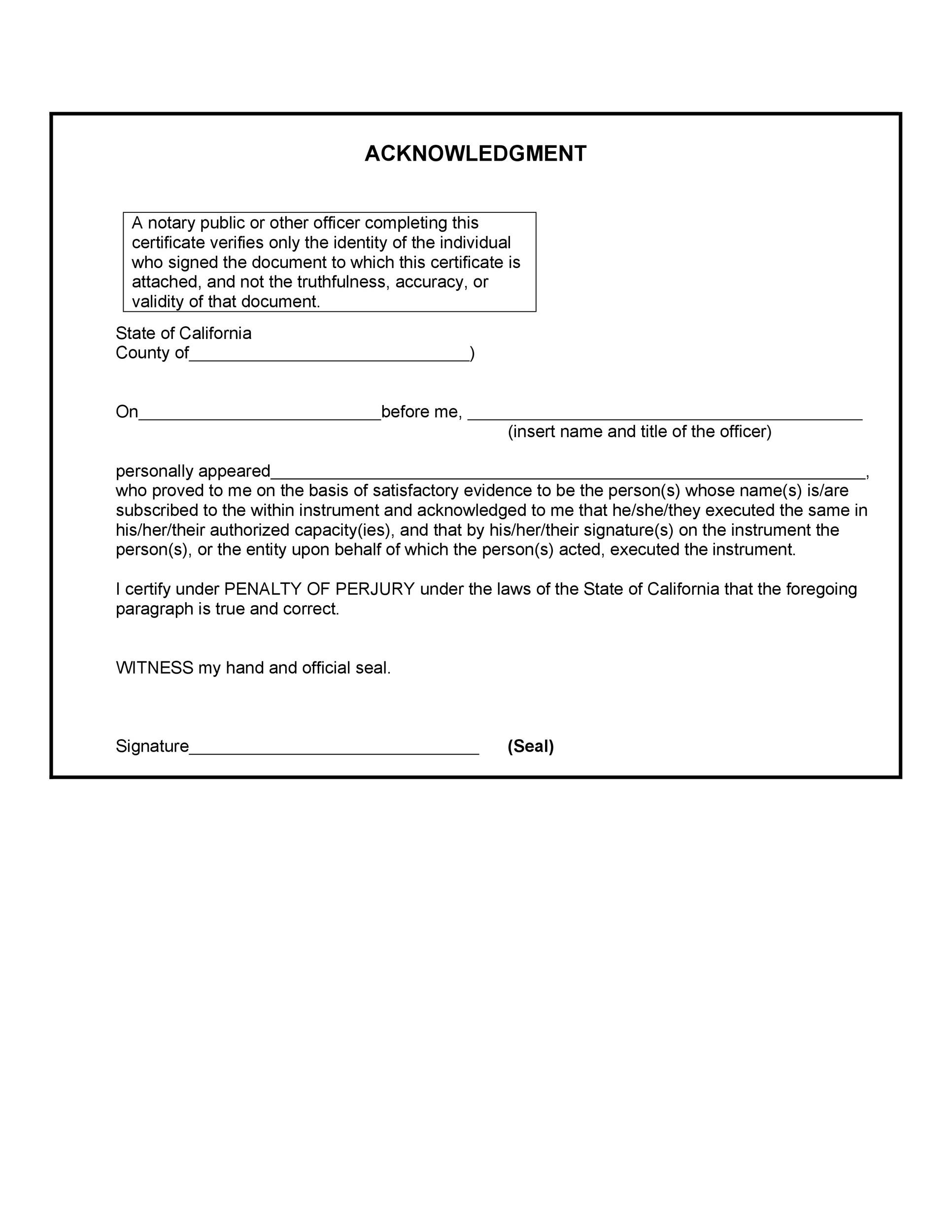

Written transfer requests should be initiated by the person in prison and addressed to the warden of the facility at which he/she is assigned. As such, people in prison are placed in locations that best meet their needs and the space needs of the Department. While DPS&C would like to make assignments with only geographical considerations in mind, it is not possible to do this based on the demand for beds in various areas of the state.

People in prison are assigned to facilities based on custody classification, space availability, level of care designations (medical and/or mental health), and many other contributing factors. How can a person in prison be transferred to another facility?.Through this procedure, people in prison shall receive reasonable responses and, where appropriate, meaningful remedies. Such complaints include actions pertaining to conditions of confinement, personal injuries, medical malpractice, time computations, or challenges to rules, regulations, policies, or statutes. The Department and all local jails housing people serving time for state felonies have established Administrative Remedy Procedures (ARP) through which a person in prison may, in writing, request a formal review of a complaint related to any aspect of his or her incarceration. Lastly, if these mechanisms do not answer the question or address grievance of the person in prison, he or she may submit the issue through the Administrative Remedy Procedure (ARP). However, if for some reason communicating with a staff member is not helpful, he or she is asked to put his or her concerns in writing and submit the letter to appropriate staff. People in prison are first encouraged to speak with staff if they have an issue of concern or need. Family and friends are warned not to send or bring cellular telephones to people in prison and doing so will result in prosecution for introduction of contraband into a correctional facility and may be subject to a fine up to $2000 and up to five years in prison.

In no instance is a person in prison allowed to possess or utilize a cellular telephone while incarcerated.
#Getting something notarized while on prison work release how to
Information on how to use the system can be obtained from the staff at the assigned facility by the person incarcerated at the facility. People serving time for state felonies who are housed in local level facilities must utilize the phone systems that are set up in those facilities. The staff at this number and website will not be able to assist in approval of contact lists. Prison telephone services are currently provided by Securus Technologies. To set up billing accounts for phone service or if there are problems receiving calls, family members may contact (1-800) 844-6591 for telephone related inquiries. This includes all family, personal, and legal contacts.Ĭhanges to an individual’s master telephone list can be made on a quarterly basis and is directed by the administration of the facility. Each individual at a state operated correctional facility is limited to having up to 20 approved numbers on his/her master telephone list. All people in prison should only have access to telephone services through the provided phone system at the facility where they are assigned.


 0 kommentar(er)
0 kommentar(er)
